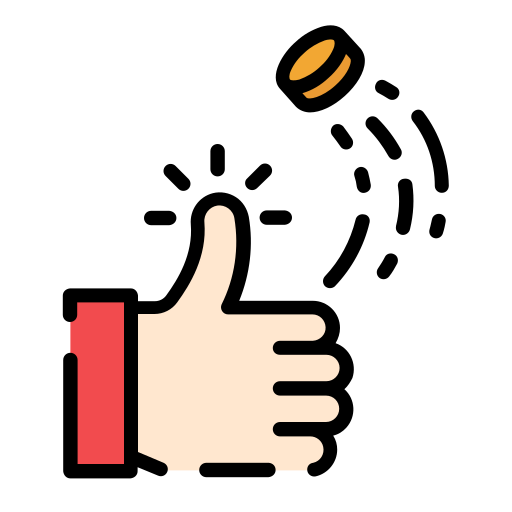Intro
Choosing to pull or receive is a choice that one team has every game. It's about as common a problem as comes up in ultimate. It's also a well defined choice with an overwhelmingly clear theoretical answer.
There may be good reasons to choose to pull to start the game (if the game is overwhelmingly upwind/downwind or you believe your team benefits significantly by starting on defense). Those reasons (though unlikely and usually overestimated, in my experience) may be well and good. But there is one very bad argument to choose to pull that is still floating around the frisbee community - that if you break before half, we get an extra break. This blog post is a simple but thorough proof that the “extra break” you receive is not a good reason to start pulling.
This framework can be complex to imagine, even more so if you are trying to do it in the five seconds after you've won the flip before you state what your choice is. However, if you take the time to draw out the possibilities, the solution falls out easily and simply. I'm writing this blog post so that the next time someone brings up the choose-to-pull-for-the-halftime-extra-break I can direct them here instead of trying to explain it to them.
Proof
At the start of the game, you can either to receive or pull. Here is every possibility that can occur
| Start of game | During first half | Minimum breaks needed to win / Max breaks that can be given up |
|---|---|---|
| You receive | Equal number of breaks & times broken | Break 0 times |
| You receive | Broken 1 more time than you break | Break 2 times |
| You receive | Broken n>1 more times than you break | Break n+1 times |
| You receive | Break 1 more time than you are broken | Broken 1 time |
| You receive | Break n>1 more times than you are broken | Broken n times |
| You pull | Equal number of breaks & times broken | Break 1 time |
| You pull | Broken 1 more time than you break | Break 2 times |
| You pull | Broken n>1 more times than you break | Break n+1 times |
| You pull | Break 1 more time than you are broken | Broken 1 time |
| You pull | Break n>1 more times than you are broken | Broken n times |
Here's that exact same information in a differnt format.
| During the first half |
If you started the game receiving Min. breaks to win / Max breaks that can be given up |
If you started the game pulling Min. breaks to win / Max breaks that can be given up |
|---|---|---|
| Equal number of breaks & times broken | Break 0 times | Break 1 time |
| Broken 1 more time than you break | Break 2 times | Break 2 times |
| Broken n>1 more times than you break | Break n+1 times | Break n+1 times |
| Break 1 more time than you are broken | Broken 1 time | Broken 1 time |
| Break n>1 more times than you are broken | Broken n times | Broken n times |
As is clear from this table, choosing to receive strictly dominates choosing to receive. The number of breaks you need is generally the same in most situations, but going into half “on serve” you would rather have received to start the game. Note that nowhere is there any advantage to choosing to pull to start.
Another way to think of this is that the extra break you gain by breaking 1+ times before half (after starting pulling) exactly makes up for the 1-break difference between pulling and receiving you forfeited by pulling to start (pulling = down half a break; receiving = up half a break).
Conclusion
Unless there are other factors that are very impactful (unlikely), always choose to receive.
